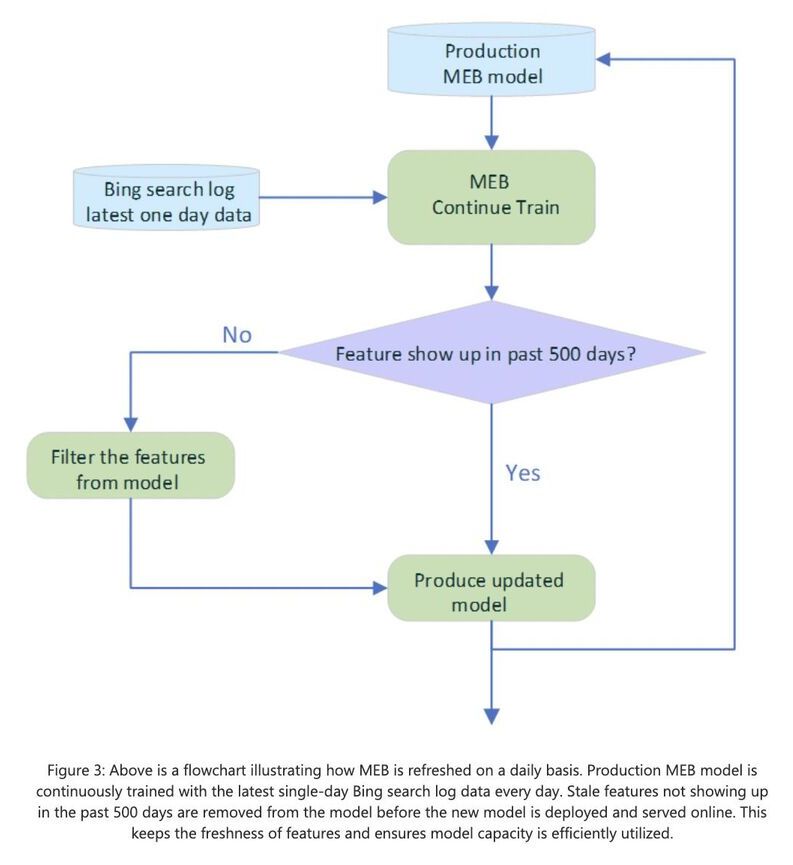Aug 6, 2021
Consciousness: Evolution of the Mind, Documentary
Posted by Alex Vikoulov in categories: education, robotics/AI
Can we ever reverse-engineer our thinking? This is one of the questions addressed in my new cinematic documentary Consciousness: Evolution of the Mind making a splash around the world. The film is now available for viewing on demand on Vimeo, Plex, Tubi, Social Club TV and other global networks with its worldwide premiere aired on June 8, 2021. This is my take on the nature of consciousness and reverse engineering of our mental faculties in order to create AGI. Enjoy!
#Consciousness #Evolution #Mind #Documentary #Film #Introduction
Continue reading “Consciousness: Evolution of the Mind, Documentary” »


















